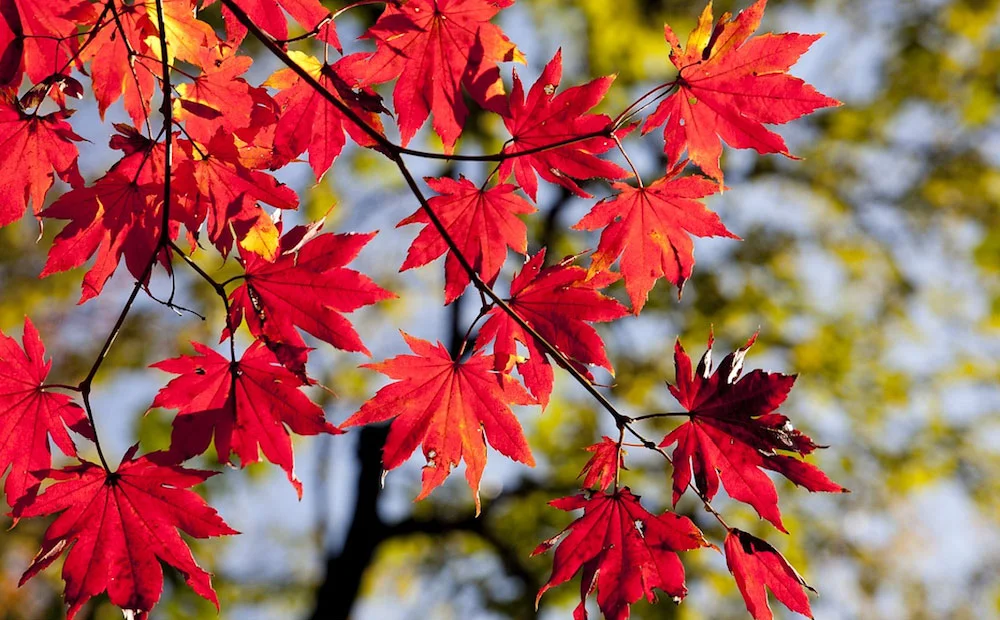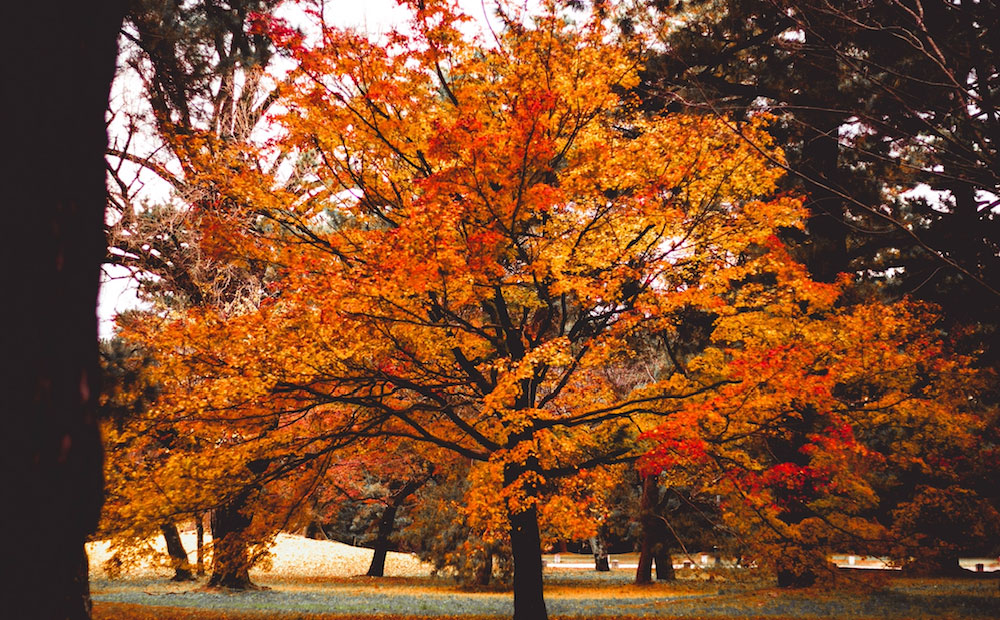MAPLES
Maple trees have rightfully earned themselves a reputation for their impressive displays, no matter the season. The iconic, pointed leaves are stunning whether they are sprouting from buds in the spring or changing to crimson colors in the fall, and their sap is the key ingredient in the sweet syrup that is the king of breakfast condiments. If you’ve always wanted a maple in your yard but have stayed away out of fear that these beautiful trees must be hard to nourish, we’re happy to prove you wrong and show you just how simple growing a maple can be with only a little bit of patience.
HOW TO GROW MAPLES FROM SEED
If you’d prefer, you can always start growing from seed, but this process tends to be quite slow. Start with informing yourself - different varieties of maples have different preferences for germination times that can change when you’ll want to start your planting process. Keep in mind that the seeds will all still need to go through cold stratification before you plant, mimicking the natural process of falling in the autumn, freezing over the winter, and then growing in spring when they thaw. They’ll need to spend quite some time (2-3 months) in the fridge, but it’s an important step to have success when you plant.
HOW TO PLANT A MAPLE
Once your sapling has grown and is about 3 or 4 inches tall, it’s time for them to be upgraded into potting soil, giving it the chance to grab some nutrients with its new roots. For the first few months that you have it in a container with soil, it won’t need much help other than regular water and sunlight, but by the third month, you should start fertilizing every week.
Although you can still be successful in planting other times, maples do best when they are planted in the autumn. Choose a sunny location in your yard that has healthy soil, good drainage, and lots of room for your tree to eventually grow and fill. Dig a hole for the roots that is 3 feet wide and 8 inches deep, and then place your sapling’s root ball in the hole and backfill it with the soil you dug out initially, packing it down as you go. Make sure that the stem isn’t buried any deeper than it was in the container, as it might begin to rot if it’s stuck underground further than it should be!
HOW TO TAKE CARE OF MAPLES
Like most other trees, the biggest and easiest thing that you can do to care for your tree is to mulch it. It’s simple and creates less work for you, while still contributing to a healthier tree! Two inches of mulch all the way around the tree (but not touching the trunk) will help to lock in moisture and shield the roots from all of the temperature extremes we experience every year.
For your first year taking care of a young maple, it won’t actually need any fertilizer as it will be spending most of its energy getting established. Once your tree sees its second spring, though, consider using some manure or watering with a gentle 10-10-10 fertilizer - this will give it the nutrient boost it needs without overwhelming it and causing rotting wood or brittle branches.





